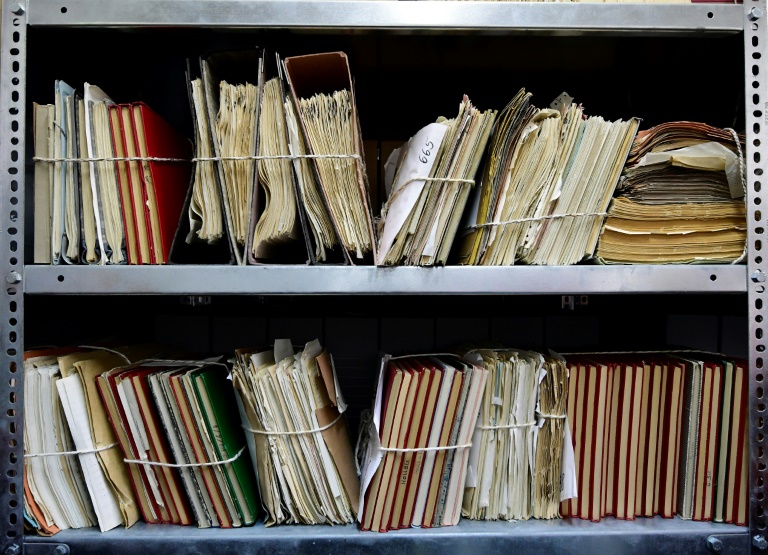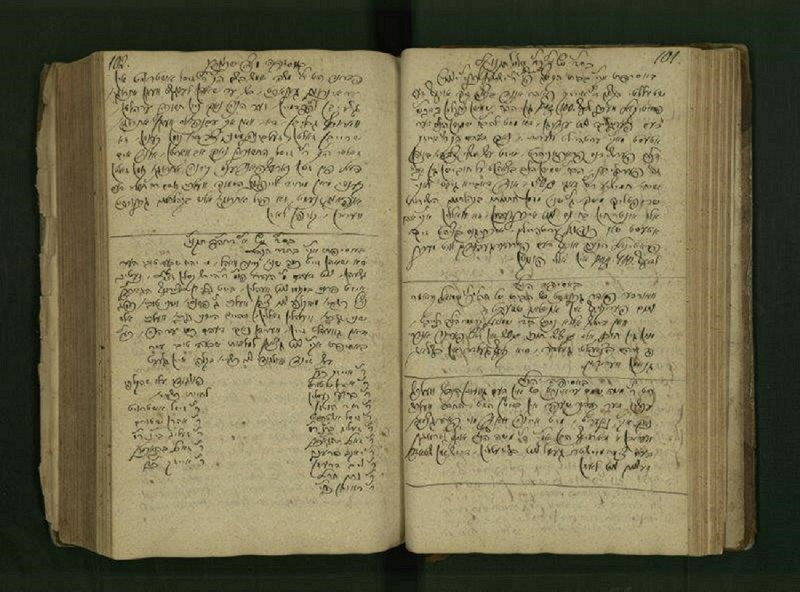
In today’s interconnected world, every human sitting at a computer or walking around with a smart phone can tweet and blog and tumble and Facebook and Flickr, uploading almost every thought and experience they have to the internet. While this has facilitated the mass dissemination of an incredible volume of useless information, in 2011, in particular, it has also allowed radically intimate perspectives on world-changing events to be broadcast in real time, thereby leaving behind a rich archive of images and information.
In the arts this year, the response to this momentous time and multitudinous raw material has often expressed itself in an urge to frame and represent events in a finished narrative, leading to a large number of documentaries and photography exhibitions that will likely fade into history as shortsighted encapsulations of a brief moment in time.
The question of whether and how to artistically interact with ongoing events in a way that is relevant and sensitive has been ever-present since January, when Egypt’s revolution began. Some artists have confronted the proliferation of documentation and the enormity of changes taking place in Egypt with projects that collect and organize rather than represent information, constructing and employing archives in creative ways, and making work that grows and changes with the country ― from new kinds of databases and social media systems to a constantly growing library of footage shot at clashes and protests throughout the year.
“18 Days in Egypt” began simply as another vision for a documentary of the 25 January uprising, but creators Jigar Mehta and Yasmin Elayat did not follow the path that so many others went down. As they conceptualized their project, it gradually became something quite different from a film, and now it is not even limited to the narration of the 18 days.
The desire to make “18 Days in Egypt” a “crowd-sourced documentary,” led Mehta and Elayat to work with Emerge Technology on creating a new technological platform called GroupStre.am that allows tweeps, photographers, filmmakers and bloggers to assign their media a time and location, linking it together to coalesce into a story. It is essentially a social media platform with a strong narrative thrust. The first phase will focus on media produced during the 18 days, but the creators hope the technology will eventually become a general-purpose platform with which users can organize their media as it is generated.
The dream of “18 Days in Egypt” and GropuStre.am is that it will eventually become a film that essentially makes itself. In an interview earlier this autumn, Elayat told Egypt Independent: “Imagine how much media is generated on Twitter. There is right now no place you can look to in order to know what is happening in a particular place.”
R-Shief takes on a similar role to GroupStre.am, harnessing the diffuse knowledge of twitter and other social media platforms, and providing tools to organize and explore the data generated on the web in innovative ways. The project was begun this past summer by multi-media artist Laila Shereen Sakr, who operates on the internet under the moniker VJ Um Amel. The site mines Twitter, Facebook, blogs, and other databases and resources on the web, and presents statistical analyses of that data in various visual and other forms; it is constantly under development.
In one statement regarding the data collecting and re-presenting work of R-Sheif, Sakr wrote, “human experience… is in a constant state of becoming. In this case, R-Shief is designed to embody this in its code and machine intelligence,” describing the archive as a technological innovation that learns, experiences, and draws connections like a living brain. R-Shief reads the internet and learns from it, organizing the unfathomable information web into something slightly more fathomable.
R-Shief and GroupStre.am are technology-heavy projects that assist in piecing together reality through the fragmentary tweets and images of the internet. But collecting and archiving media has also become a part of direct activism. Since the earliest lurches of political upheaval, Mosireen, a media collective composed of a number of young filmmakers living in Egypt, has been assiduously collecting documentary material and, as time has passed, employing it as a means of combatting narratives presented in the media.
One of the first public projects carried out by Mosireen this year took place during the July sit-in. In the project, called“Tahrir Cinema,” organizers set up a projector in Tahrir square for nightly showings footage of the 18 days and the following months, as well as comical YouTube videos and cartoons and other snippets of media relevant to current events. The screenings were a public statement of the story from the protesters’ perspective, and they were also a morale booster for those camping out in the square.
Omar Robert Hamilton, a filmmaker and member of Mosireen, recently wrote in his blog. “Our revolutions must be among the most recorded events of all time. The gap between the classical, expensive production process and the disposability of daily life is being ever more tightly bridged. Every mobile phone now has the power to challenge, to become the narrative.”
This democratization of media creation is a familiar and much-touted phenomenon, but Mosireen is hard at work making the recordings matter, and making sure the story they see as important and true is told.
This year is a big one for archives in Egypt not simply because of the quantity of material produced, but because in a situation so volatile, unpredictable, and confusing, attempting to create a finished commentary on current events is nearly impossible, and for artists seeking to interact with and respond to their environment, ignoring these events is equally difficult. But in different ways, archival projects like “R-Shief,” Mosireen, and “18 Days in Egypt” highlight the power of information as well as the importance of how it is organized and made available, leading to projects that naturally react to and evolve with the ever-changing world.




